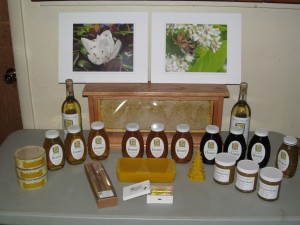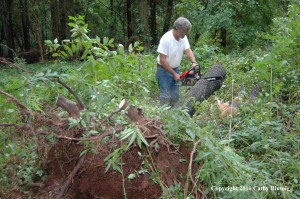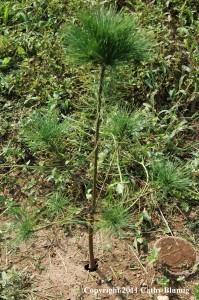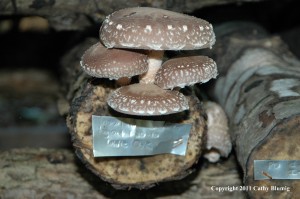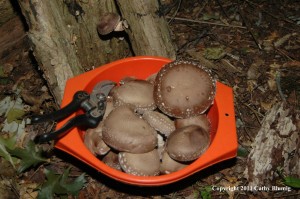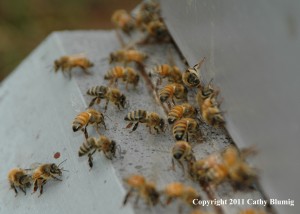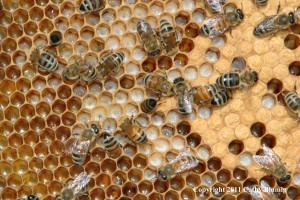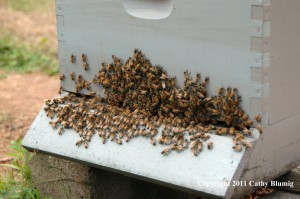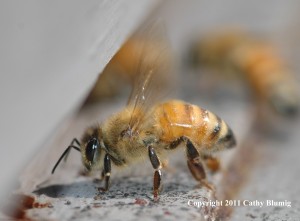Earlier this month Wolgast Tree Farm & Apiary participated in the New Jersey Beekeepers’ Association (NJBA) State Honey Show which was held in the State House Annex in Trenton.
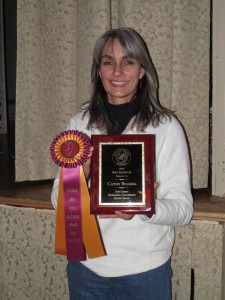
Cathy was fortunate to accumulate enough points to get “Best Exhibitor” at the 2015 NJBA State Honey Show which was held in the State House Annex earlier this month.
This annual event features 23 different classes that evaluated different kinds of extracted honey, comb honey, creamed honey, mead (honey wine), honey and beeswax-based cosmetics, beeswax products like candles, and beekeeping-related photography entries from beekeepers all around the state.
People who encountered the Honey Show display were amazed by all the things that could be made with products from beehives, and they thought it was cool that these products were being locally produced right here in the Garden State.
Last year Cathy entered a few classes and even won some ribbons! Her Extracted Light Amber Honey took 1st place as did her Creamed Honey, which not only won 1st place but won “Best of Division” as well.
This year Cathy decided to enter a few more classes and was able to accumulate enough points to earn the title of “Best Exhibitor.” This was quite an accomplishment given that there were 125 entries and so many beautiful items. It was an honor to be an exhibitor alongside such truly stunning competition.
Winning Best Exhibitor was a great feeling, but entering more classes than last year provided a great learning opportunity to further explore “the craft of beekeeping.” It’s hard to understand just how much effort goes into
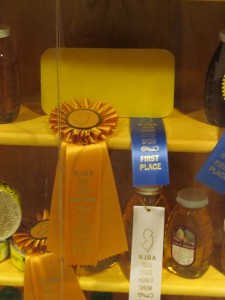
Cathy’s Block of Beeswax not only got 1st place, but won Best of Division at the 2015 NJBA State Honey Show.
making a beeswax candle, a block of beeswax, or preparing three jars of the same honey to exactly match each other for a particular class until one actually tries to do it. It’s a lot of work! In the case of extracted honey, one of the things that is evaluated is that the three jars each have to be filled to the exact same level and up to the proper location in the jars. It’s pretty easy to mess that up, especially if your eyesight isn’t as good as it used to be! Even when she didn’t win a particular class, Cathy enjoyed gaining further insight into the properties of honey or beeswax and the proper handling that is needed to produce high-quality products from the hive. And just being able to participate in the show to help showcase to the general public all the beautiful things that can be made from what honey bees produce in New Jersey was a big reward in itself.
Cathy plans on entering the State Honey Show next year, but she isn’t expecting to win Best Exhibitor again. Lightening rarely strikes twice, and the competition is simply too stiff. And even with all the hard work that goes into it, there’s still some luck involved.
Mostly, it’s a point of pride to be part of the beekeeping community and to display all the beautiful things that can be made because of the work of the wonderful, industrious honey bee, and especially when the honey bees are from Wolgast Tree Farm & Apiary.
